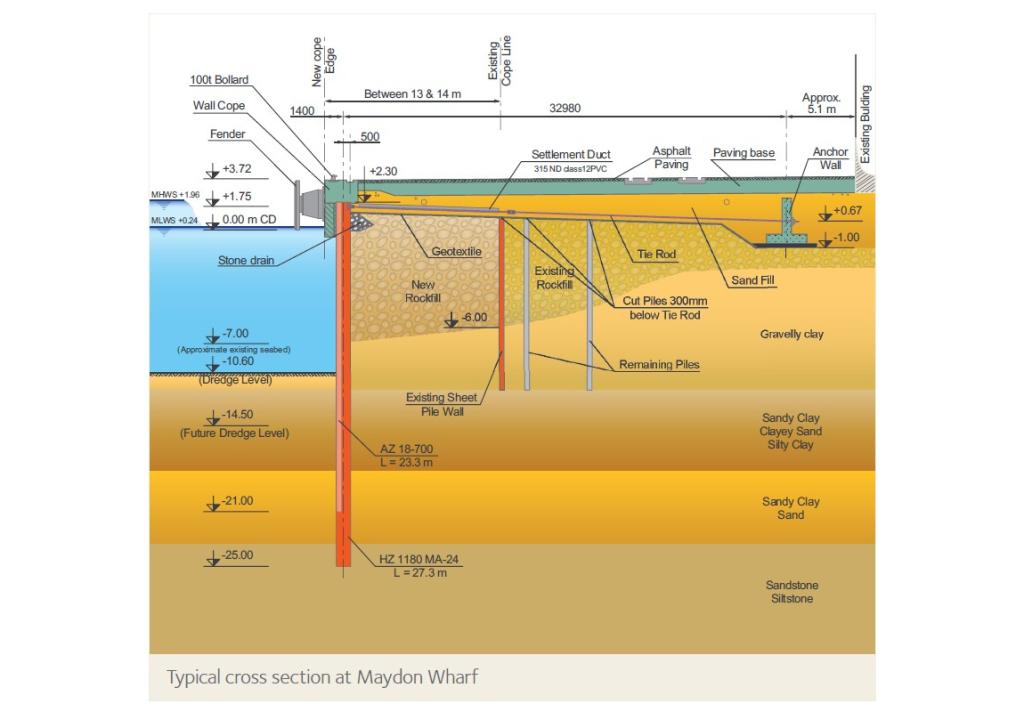Rehabilitation of Port of Durban, ZA | 2012
The Major Upgrade to the Port of Durban's Infrastructure in South Africa
The port of Durban is situated on the east coast of South Africa, in the KwaZulu-Natal Province. The port is the busiest on the African continent, and the biggest in terms of container capacity. 44 % of South Africa’s break-bulk cargo and 61 % of all containerised cargo flows through it. In 2010 the port handled 2.5 million TEU.
The port has 57 berths and is protected by the north and south breakwaters, which are 335 m and 700 m long respectively. It was developed primarily for import cargo but over the years, cargo flows have changed significantly and exports have become more important.
Over 4 000 commercial vessels call at the port each year.
Download
 English
English




